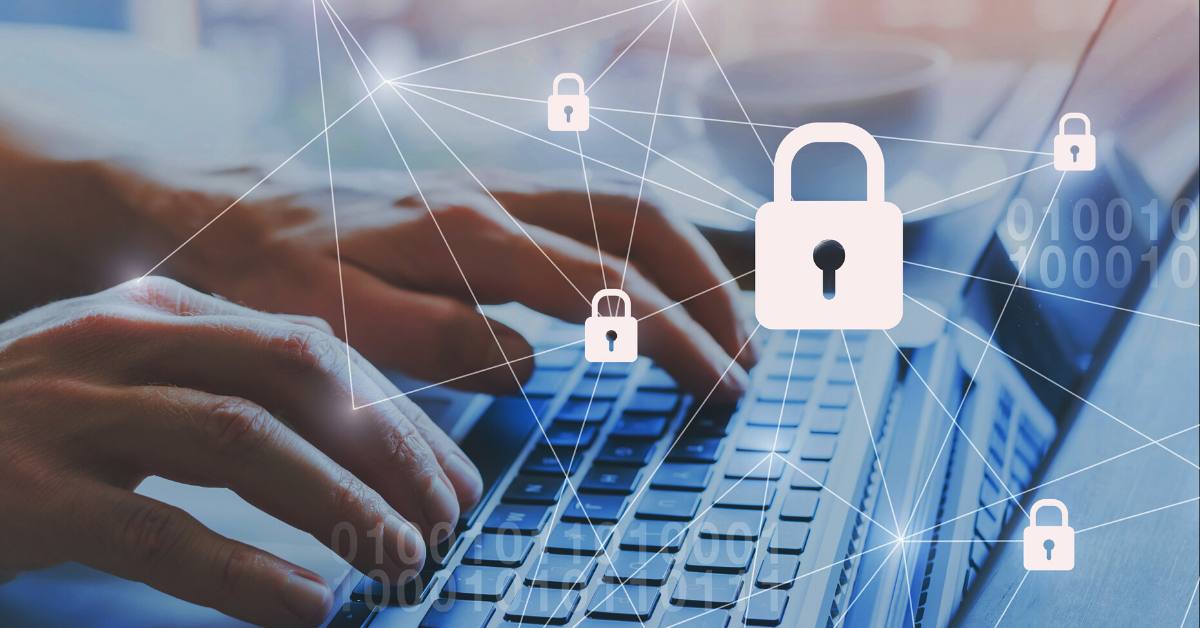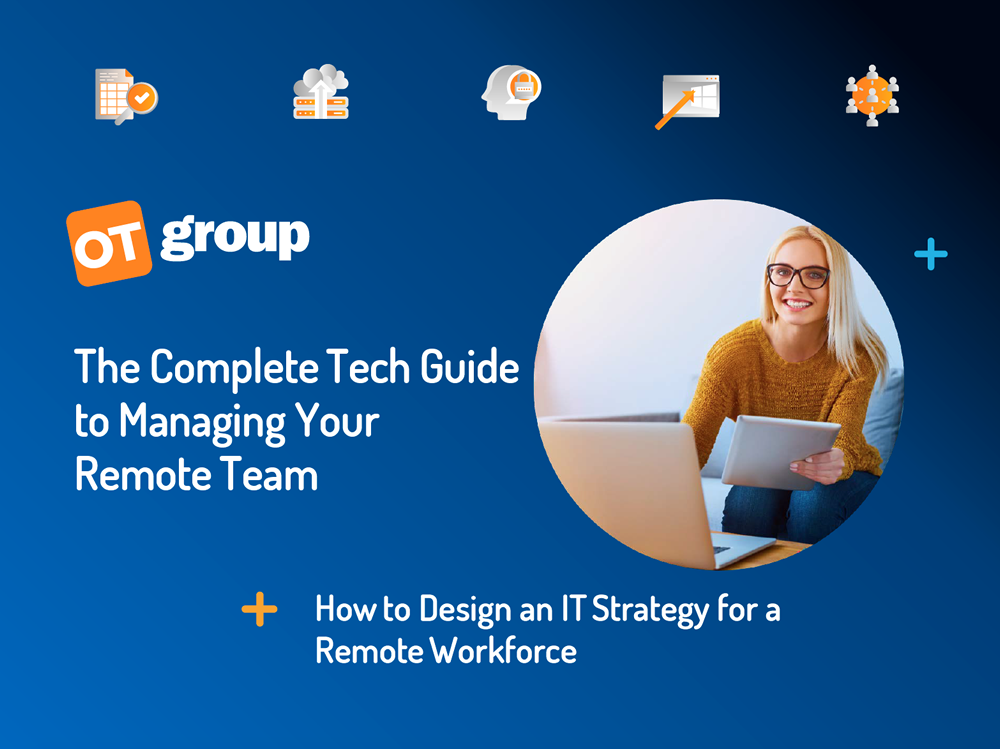The huge increase in remote work since the start of the pandemic has meant “the office of the future has arrived” early, according to a new whitepaper from New York-based IT firm Electric, yet small to medium-sized businesses need to do more to prevent cybercrime.
The State of Remote Work Report, which looks at the rise in work-from-home policies during COVID-19 and how organizations have responded with their IT strategies, found a staggering 250 percent increase in companies with more than three-quarters of their full-time employees working from home - compared with before March 2020.
“It's clear that the COVID-19 pandemic has accelerated a shift to remote work and introduced a new normal for many,” states the report. “The new normal will involve employees working more frequently from these less-controlled networking environments like homes, and as parts of the country reopen, potentially third spaces like cafes and libraries once again.”
The rise in working remotely has also paved the way for a huge rise in the number of people using chat platforms and video conferencing solutions. The report found the most popular team chat applications were:
- Microsoft Teams (50.34%)
- Skype for Business (42.07%)
- Slack (18.62%)
- Zoom (6.9%)
- Other platforms (12.41%)
- No chat tools (6.9%)
The most popular video conferencing tools were:
- Zoom (57.24%)
- Skype (41.28%)
- Google Hangouts (29.66%)
- GoToMeeting (20%)
- UberConference (8.28%)
- Slack Video (6.21%)
Why cybersecurity measures are falling behind these changes
Despite the shift to remote work and the cybersecurity challenges that come with it, the report found that the vast majority of small and medium-sized businesses have not revised their cybersecurity strategies in response to this new way of working.
In fact, there were three main areas where businesses were falling behind in properly securing their remote workers; virtual private network (VPN) adoption, multi-factor authentication and mobile device management.
VPN adoption
By using a VPN service for remote workers, users can establish secure online connections with a remote computer network from anywhere in the world. The role of a VPN is to secure the communication between the user’s device and the company network. This is particularly important for remote workers, as there’s a chance that your employees are using unsecured WiFi connections - particularly if they are using public internet connections.
Despite the importance of VPNs in securing your employee’s internet connection, only 19.31 percent of respondents indicated that nearly all (75-100%) of the individuals at their organization access the network through a Virtual Private Network (VPN).
Multi-factor authentication
Multi-factor authentication (MFA), an authentication method in which a computer user is granted access only after successfully presenting two or more pieces of evidence, is an important security method that makes it more difficult for somebody to access your company’s network from a stolen device.
This is crucial when remote employees are taking your company’s devices around with them, making them more susceptible to being lost. Yet only 48.28 percent of respondents to the report indicated that MFA was enabled on a company-wide basis.
Mobile device management installation
Mobile device management (MDM) allows for IT teams to push updates and patches to devices remotely at scale with ease, providing protection against newly discovered types of cybercriminal activity. This gives you better insight into your remote employee security, and allows you to improve their protection as-and-when it’s needed.
This is essential for rolling out security policies in bulk, but only 13.79 percent of respondents to the Electric report indicated that nearly all (75-100%) of their company-issued devices had an MDM solution installed.
What’s next?
If your company is shifting to remote work after years of being based in a physical office, then it’s absolutely crucial that you revisit your IT strategy and cybersecurity program to ensure you can effectively support those workers and protect your company from outside threats.
If you don’t have the necessary in-house expertise or resources to implement a successful strategy, then consider partnering with an outsourced IT solutions partner.
Want to learn more about securing your remote employees from the threat of cybercrime? Contact OT Group today. Our team of dedicated and highly-knowledgeable IT experts would love to answer any questions that you may have.




.png)

